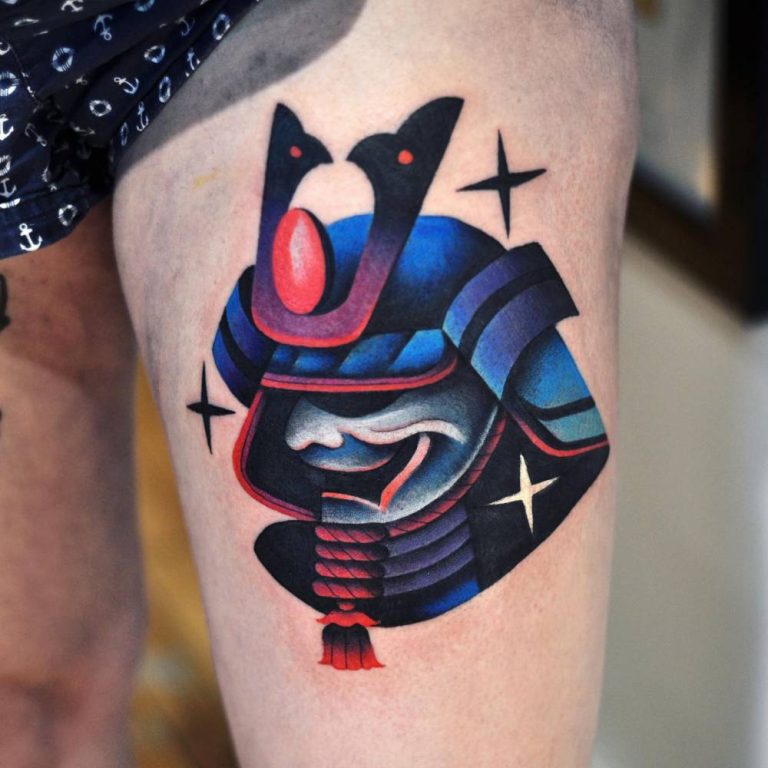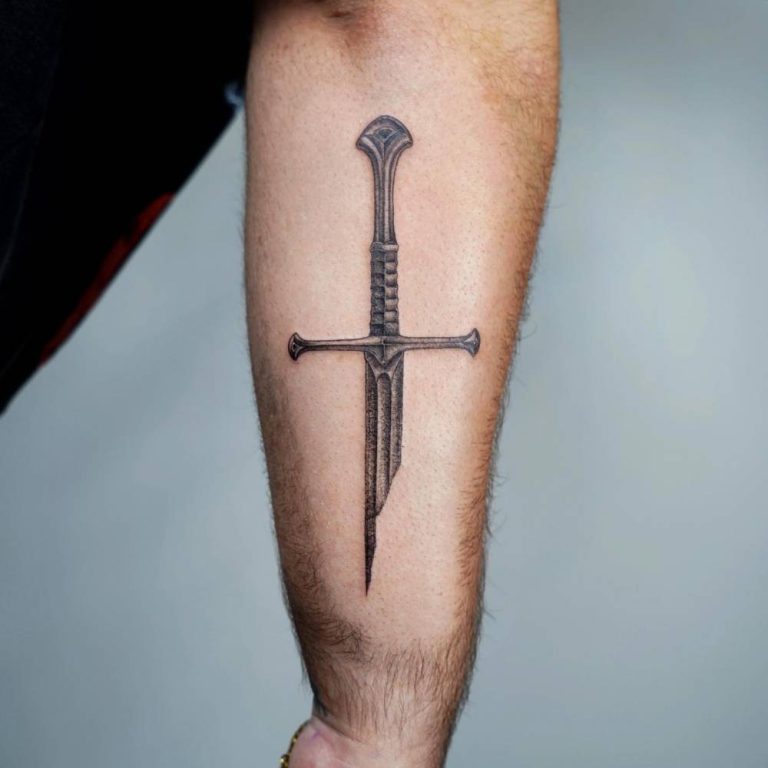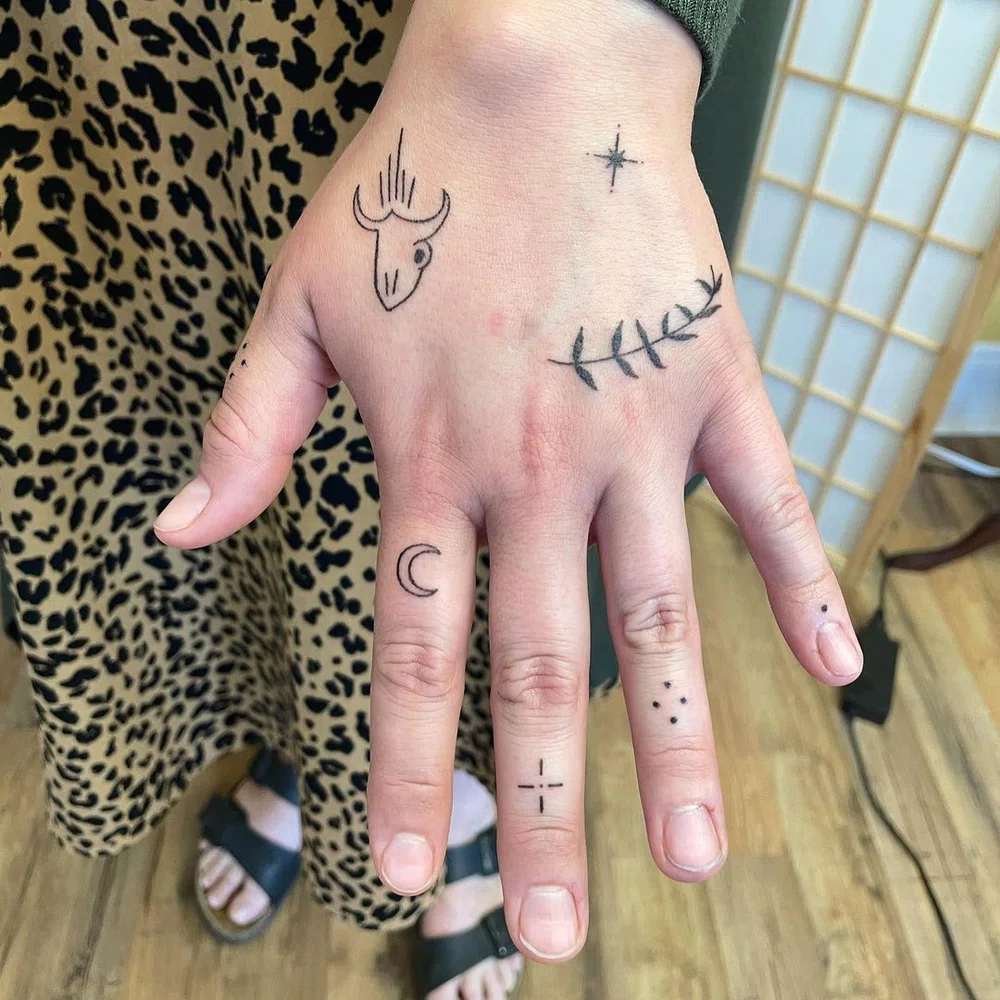
Gen Z Tattoo Trends: The Rise of Minimalist Tattoos Among Gen Z
The Rise of Minimalist Tattoos Among Gen Z
In recent years, Gen Z has shown a growing preference for minimalist tattoo. This trend reflects a broader shift towards simplicity and elegance in personal style. Minimalist tattoos are defined by their clean lines, small size, and discreet placement, making them a subtle yet powerful form of self-expression.
Tattoo artists have seen an uptick in requests for tiny symbols, single words, and short phrases. These designs can carry profound meanings without the overt boldness of larger pieces. For many Gen Z individuals, such tattoos represent personal milestones, ideologies, or dear ones’ initials.
Furthermore, as the gen z tattoo culture blossoms, ‘less is more’ has become the guiding principle. With the rise of minimalism in fashion and lifestyle, these tattoos echo the same sentiment. They are versatile, easy to conceal if needed, and typically come with a smaller price tag, making them more accessible to the younger crowd.
Aesthetic aside, minimalist tattoos are often chosen for practical reasons. They take less time to complete, have a quicker healing process, and due to their size, they are less painful, which is a crucial consideration for tattoo first-timers.
The subtle charm of minimalist tattoos is unmistakable and caters perfectly to the Gen Z ethos of individuality and understated flair. As this trend continues, it paves the way for more creative, personalized, and meaningful ink choices among the younger generation.
The Influence of Social Media on Tattoo Choices
Social media has greatly shaped how Gen Z makes tattoo decisions. Platforms like Instagram and Pinterest serve as vast galleries for tattoo inspiration. Users scroll through hashtags and curated feeds to find the perfect design. Influencers and celebrities play a key role, too. Their ink often sparks trends among their followers. As they share their tattoos online, young audiences get inspired to get similar designs.
Visual platforms are especially impactful. They allow for the swift spread of tattoo fads across the globe. A unique design from Seoul can become a trend in New York overnight. Social media not only influences the type of tattoos but also where people get them. Popular spots get highlighted in posts, driving others to seek tattoos in the same location.
Moreover, social media has a say in the social acceptance of tattoos. Once considered rebellious, tattoos are now seen as art or fashion statements, largely due to their portrayal online. Gen Z uses these digital spaces to express their identity, and tattoos are a significant part of this. The hashtags #genztattoo and #minimalisttattoo continue to grow, signifying the popularity of these styles.
Lastly, the connectivity through social media allows Gen Z to find trustworthy tattoo artists. Reviews, testimonials, and digital portfolios online help them make informed decisions. For tattoo artists, social media becomes a tool to display their work and attract new clients. It’s clear that social media is not just influencing tattoo choices, but also shaping the industry’s future.
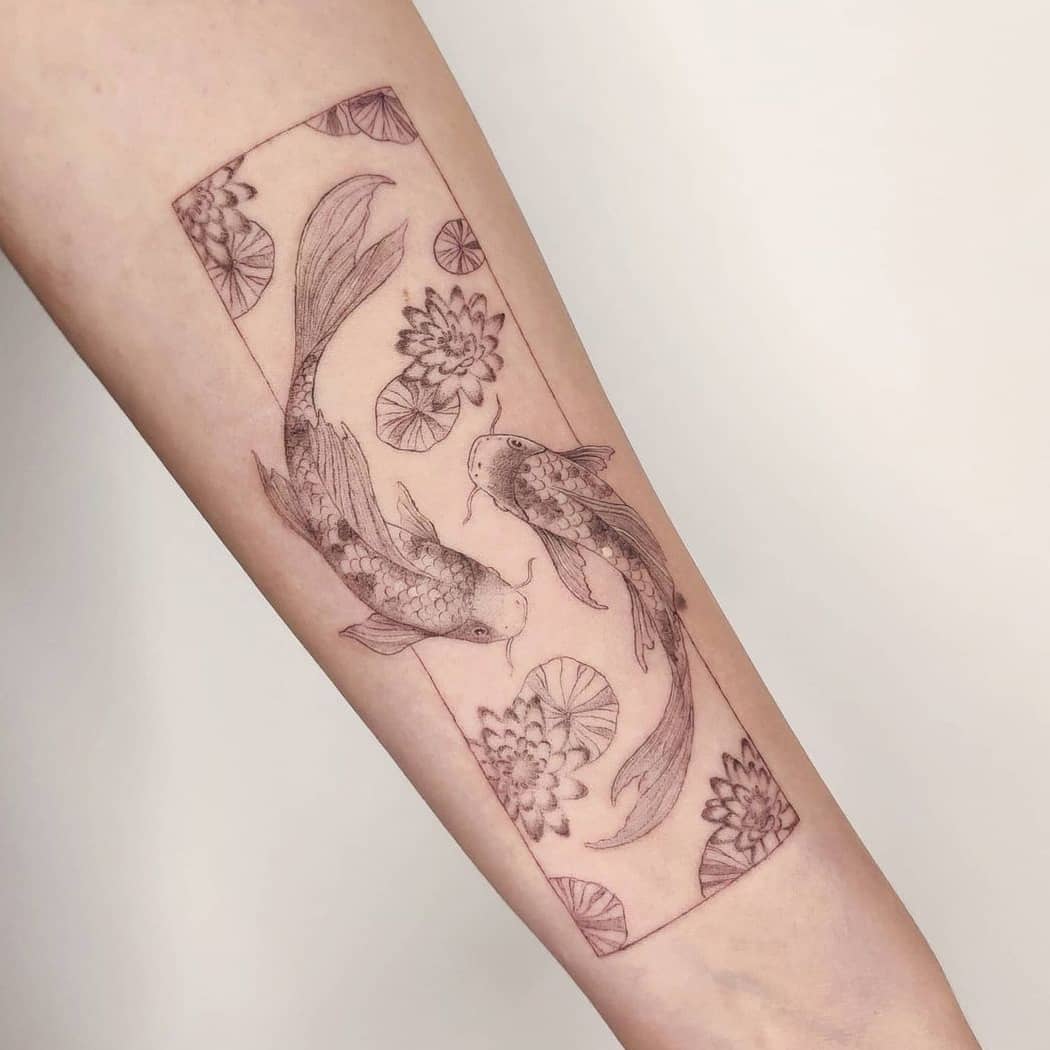
Eco-Friendly and Vegan Tattoo Inks
As the world becomes more conscious of environmental and ethical practices, Gen Z is leading the charge towards sustainability in all aspects of life, including tattoos. The rise of eco-friendly and vegan tattoo inks is a testament to this shift. These inks are free from animal products and byproducts, making them a popular choice among the environmentally conscious and those following a vegan lifestyle.
Tattoo inks traditionally contain glycerin, which is derived from animal fat, and shellac, made from the secretions of female lac bugs. However, with advancements in ink formulation, tattoo artists now have access to alternatives that do not exploit animals. Eco-friendly inks also avoid harmful chemicals and heavy metals, which is not only better for the skin but also for the environment as they reduce the toxicity of waste.
The gen z tattoo community is increasingly asking for inks that align with their values. As eco-consciousness grows, so does the demand for tattoo studios to adopt these alternatives. Many artists are now proudly advertising that they use vegan and eco-friendly inks. Some studios have even taken further steps to ensure their entire operation— including aftercare products—is sustainable.
Moreover, the hashtag #ecofriendlytattoo and #vegantattoo are gaining traction on social media, showcasing the popularity and demand for these products. By choosing eco-friendly and vegan tattoo inks, Gen Z is not only making a statement with their skin but also with their buying power, influencing the tattoo industry to move in a greener direction.
Cultural and Heritage Tattoos: A Connection to Roots
In recent years, tattoos that reflect cultural heritage have gained popularity among Gen Z. This new tattoo trend is about connecting with one’s ancestry and history. It’s a way to honor family, heritage, and tradition. Young people are choosing designs that reflect their cultural backgrounds, such as tribal patterns, traditional calligraphy, or iconic symbols related to their ethnicity.
These tattoos serve as a permanent tribute to their roots and often tell a story about their lineage. They might incorporate images or words that are meaningful within their cultural context. For example, one might see Chinese characters, Native American totems, or Celtic knots in these designs. It’s a form of self-expression that ties the individual to their community’s past.
Moreover, heritage tattoos offer a visual way to preserve and promote cultural traditions that might otherwise be at risk of fading away. In a fast-paced world where global influences often dilute individual cultures, these tattoos act as a statement against cultural homogenization. They remind both the wearer and the spectator of the rich diversity of human traditions.
The Gen Z tattoo culture embraces these designs as a form of personal identity. They serve as a reminder that even in a modern and evolving society, one’s heritage remains an integral part of who they are. With each cultural tattoo, Gen Z cements a piece of history on their skin and keeps their lineage alive for the future to see.
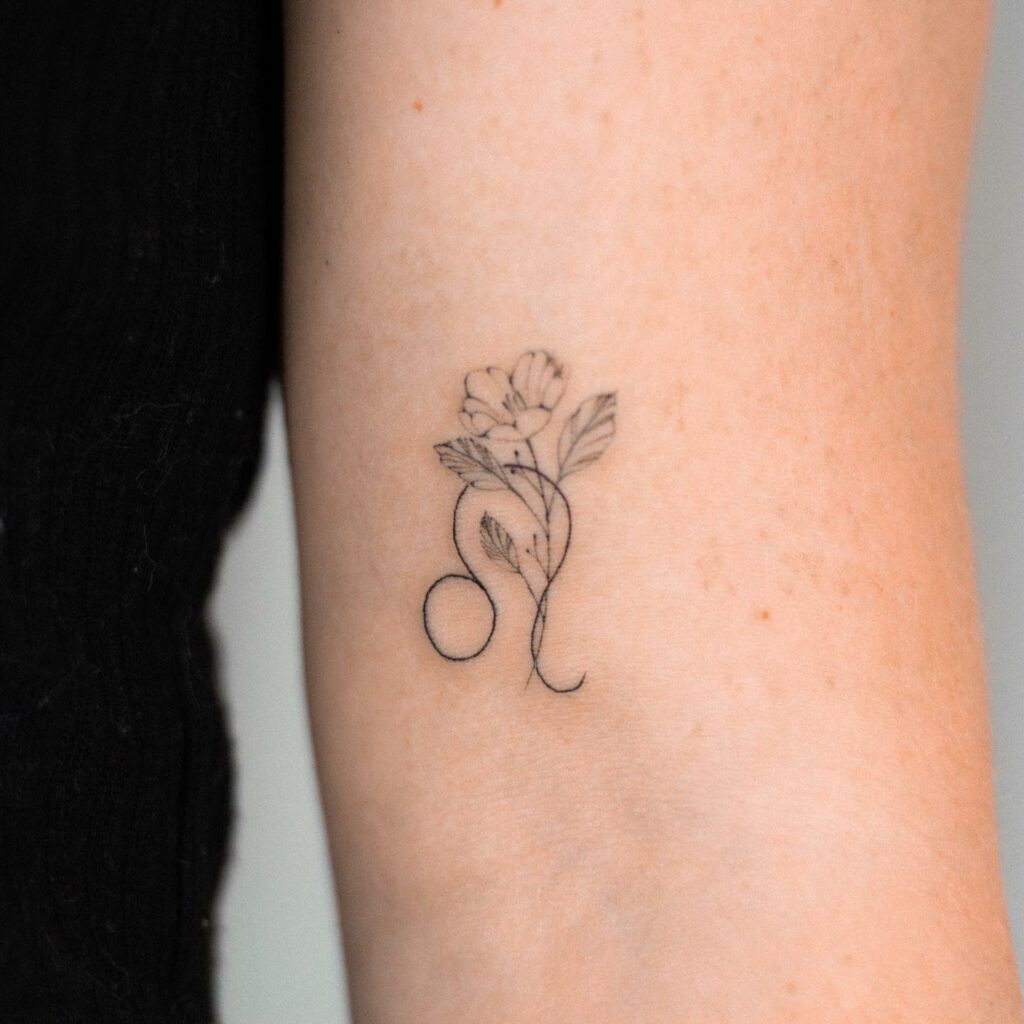
Tattoo Placement Trends: Visible vs Hidden Spots
Tattoo placement is a significant decision for Gen Z individuals. It reflects their personal and professional lives. Visible tattoos showcase personality and are often conversation starters. These are seen on arms, necks, or wrists. Hidden spots are chosen for privacy or workplace norms. These include areas like the ribs, upper thighs, or under the breast.
Visible tattoos are bold statements of self-expression. They remain in the public eye. Many choose to display meaningful art or messages here. High visibility areas include fingers, behind the ear, and forearms. However, some professions still favor a conservative appearance. Hence, Gen Z might opt for less visible spots.
Hidden tattoos are intimate and personal. They are for the wearer’s eyes, and perhaps close friends or partners. They might signify personal memories or be experimental. Common hidden spots are the inner arm, side of the torso, or ankles. These areas allow tattoos to be covered for work or social settings.
The trend of visible versus hidden tattoos is evolving. It depends on individual comfort levels and the acceptance of tattoos in different cultures. Gen Z balances their desire for self-expression with societal expectations. They cleverly choose tattoo placements to suit their lives. Both choices enable them to embrace the gen z tattoo culture uniquely.
In conclusion, Gen Z’s choice between visible and hidden tattoo spots is thoughtful. It takes into account many personal factors. Their ink placement reflects individuality and mindfulness of their environment. As trends evolve, we expect preferences for tattoo placements to diversify even further.
The Popularity of Personalized and Custom Designs
The Gen Z tattoo scene thrives on originality. Personalized and custom designs are flourishing as a result. These tattoos are as unique as the individuals wearing them. Young people want ink that tells their personal story. They often work closely with tattoo artists to create custom pieces. These designs may reflect personal experiences, interests, or dreams. The surge in custom designs speaks to Gen Z’s need for individuality.
Designs often start with a concept or rough sketch. Patrons bring their visions to artists who then refine them into tattoos. These pieces are more than just visuals; they’re deeply personal statements. Each custom tattoo separates the wearer from the crowd. It is a mark of their unique identity.
Custom tattoos have grown well beyond basic symbols or text. They incorporate various styles and techniques. Some may blend traditional motifs with modern twists. Others play with color, shading, or even optical illusions. Gen Z celebrates the creative collaboration between artist and client. The result is artwork unlike any other.
Personalization does not stop with designs. Placement also plays a part. Gen Z chooses spots for their tattoos that best fit their lifestyles and personalities. Whether in a visible spot for the world to see or hidden as a private treasure, the placement is as custom as the ink itself.
The gen z tattoo culture values authenticity. Custom and personalized tattoos are the perfect avenue to express this. They are pieces of living, breathing art. Each one tells a story that is in motion and evolving. Just like the generation that cherishes them.
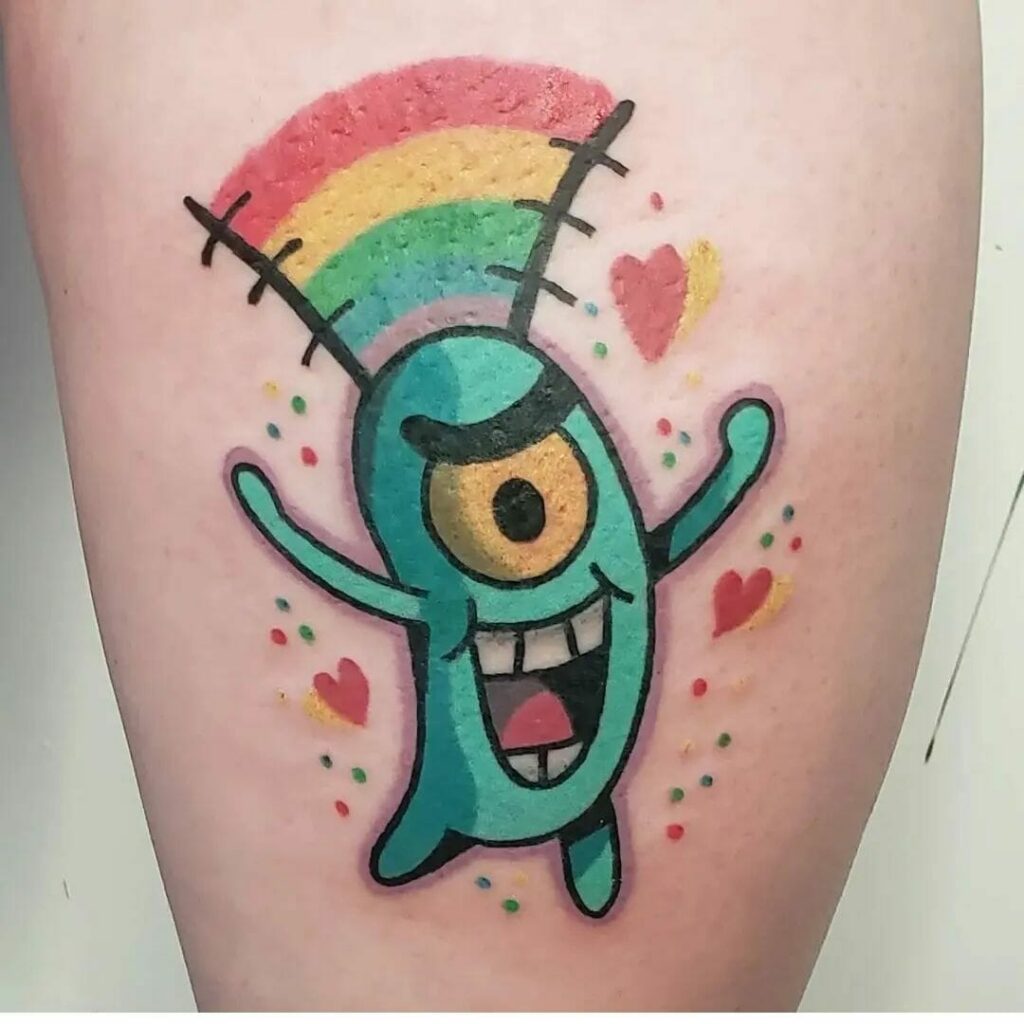
The Resurgence of Traditional Tattooing Techniques
While Gen Z is known for pushing the boundaries with innovative designs, there’s a growing interest in traditional tattooing techniques. This resurgence is about embracing the past and showcasing tattoo art in its most classic form. The gen z tattoo culture is discovering the beauty and significance of age-old methods like hand-poked tattoos, known as ‘stick and poke,’ and traditional Japanese tebori.
Old-school American styles, with their bold lines and bright colors, are also making a comeback. These iconic designs often feature nautical themes, animals, or heart and banner combinations. They’re recognized for their timelessness and have become a staple in the tattoo community once again.
Another traditional style gaining traction is tribal tattooing. These patterns are steeped in cultural history and carry deep meanings. Many Gen Z individuals with heritage linked to these styles are choosing these designs to honor their ancestors and embrace their cultural identity.
The appeal of traditional techniques lies in their authenticity and the skill required to execute them. Each tattoo is a work of art, a nod to the expertise of craftspeople from bygone eras. By choosing traditional methods, Gen Z is not just getting inked but paying tribute to the rich history of tattooing.
Tattooists who specialize in these methods are highly sought after, as their work reflects a dedication to the craft. These artists join Gen Z in a shared appreciation for the origins of tattooing. Together, they ensure that these traditional techniques are not lost but instead, continue to influence the evolution of tattoo art.
In conclusion, although Gen Z heavily leans on personal expression, their affinity for traditional tattooing techniques demonstrates respect for history and craftsmanship. This blend of the old and the new is what makes the current gen z tattoo trends so diverse and intriguing.
The Future of Tattoo Technology: What’s Next?
With the Gen Z tattoo scene ever-evolving, technology’s role is becoming increasingly significant. Advanced techniques are reshaping the experience of getting and designing tattoos. Innovations in this field point to a more personalized, efficient, and less painful future for tattoos.
One of the notable advancements is in precision equipment. Tattoo machines of the future are expected to be even more accurate. This means designs with intricate details can be applied with greater finesse, reducing skin trauma. Reduced pain is a game-changer, particularly for tattoo first-timers.
Another area of growth is in temporary tattoo technology. Unlike traditional temporary tattoos, newer methods might soon allow for semi-permanent designs that can last several months. This option could appeal to Gen Z’s desire for change and experimentation with their personal style.
Digital design tools are also transforming how custom tattoos are created. Advanced software enables the visualization of tattoos on virtual models, giving a clear preview before the inking begins. This tech also assists artists in crafting more complex and personalized designs.
The integration of augmented reality (AR) in the tattoo process is a development to watch. AR could help people visualize how a tattoo will look on their body before it’s permanent. This melds the digital and physical worlds, offering a new layer of confidence in design selection.
Lastly, research into ‘smart’ tattoo inks is underway. These inks could change color based on body temperature or sunlight exposure. In the medical field, they might even monitor health parameters. This technology represents a blend of body art and science, showing potential beyond aesthetics.
As the Gen Z tattoo culture continues to grow, these technological advancements will likely become mainstream. They promise a future where tattoos are not only a form of self-expression but also a testament to the marriage of art and technology.
